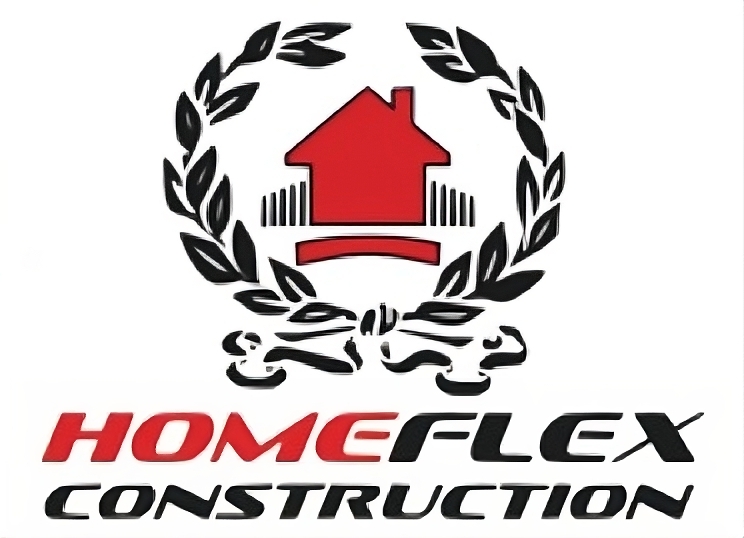In densely packed and weather-extreme New York City, every building must balance aesthetics, durability, and energy performance. Traditional brick and stone exteriors are beautiful and long-lasting, but without proper design, they’re often less energy-efficient.
Smart masonry techniques, including insulation systems, wall assemblies, and moisture control, are transforming NYC homes into eco-friendly havens. These upgrades slash heating and cooling costs, enhance comfort, and support sustainability goals.
Innovative Masonry Upgrades That Cut Costs and Carbon in NYC
Modern masonry blends centuries-old craftsmanship with cutting-edge materials. This hybrid approach not only preserves the charm of historic homes but also helps reduce energy consumption and carbon emissions, all crucial in an urban environment where every square foot matters.
1. Insulated Masonry Units (IMUs) for Thermal Performance
Insulated Masonry Units, or IMUs, are concrete blocks pre-fitted with rigid insulation. They fill exterior wall cavities with foam panels and are covered by a masonry layer like brick or stone. This results in a well-insulated, airtight wall that cuts thermal bridging and dramatically reduces energy bills. In NYC, where winters can be brutal and summers muggy, IMUs offer both comfort and savings.
2. Exterior Insulation and Finish Systems (EIFS)
EIFS is a layered method that begins with a foam insulation board applied to exterior walls, followed by a base coat and a protective finish. It’s lightweight, customizable, and highly energy-efficient. Unlike traditional brick veneer, EIFS combines excellent insulation with almost limitless design flexibility, appealing to homeowners who want masonry aesthetics with modern performance.
3. Cavity Wall Construction with Insulation
Classic NYC row houses often use cavity wall construction: two masonry layers separated by air space. When you retrofit that cavity with materials like foam or mineral wool, you convert older homes into efficient, well-insulated structures. This technique retains the traditional exterior appearance but significantly improves energy performance, a popular upgrade in renovated brownstones.
4. Thermal Mass Walls for Passive Regulation
Materials like brick and stone act as thermal batteries. During the day, they absorb heat and gradually release it when temperatures drop. This passive thermal mass effect reduces HVAC demand. Whether in traditional or modern designs, integrating dense masonry in the right locations, like sun-facing facades or interior walls, helps stabilize indoor temperatures naturally.
5. High-Performance Air and Water Barriers
Air leakage and moisture infiltration are energy inefficiencies in disguise. High-performance wrap systems and sealants are now standard in modern masonry construction. These weather barriers block water and vapor while letting walls breathe. Combined with insulated masonry, they create rock-solid enclosures that save energy and prevent mold, an ideal upgrade for aging NYC homes.
6. Reflective Masonry Coatings and Light-Colored Materials
Urban heat islands can make NYC summers oppressive. Light-colored bricks or stone and reflective masonry coatings deflect heat instead of absorbing it. This lowers surface temperature and reduces cooling demands. Some coatings also include infrared reflection additives, further cutting energy use while keeping classic curb appeal intact.
7. Green Roof-Integrated Masonry Parapets
Many NYC homes now feature rooftop amenities that require sturdy parapets. When these parapets are built with insulated masonry and integrated into green roof systems, they add insulation and stormwater absorption. This multi-functional approach enhances energy efficiency while improving comfort and complying with urban heat mitigation programs.
Conclusion
Smart masonry techniques are redefining how NYC homes perform, without losing their character. By integrating insulation, moisture control layers, thermal mass, and reflective surfaces, homeowners enjoy lower bills, improved comfort, and reduced carbon footprints. These modern upgrades go far beyond curb appeal; they’re essential for urban sustainability in the 21st century.
If you own or manage a masonry property in NYC, consider these smart strategies for your next renovation. With expert design and quality execution, your home can be stylish, resilient, and energy-smart for decades to come.
